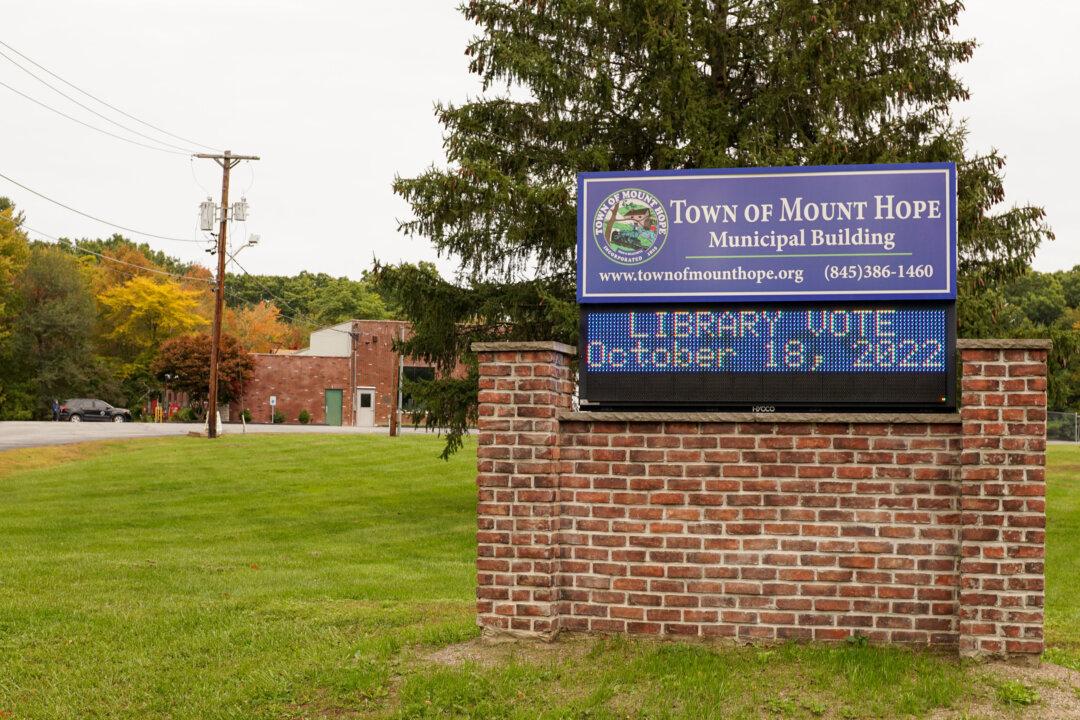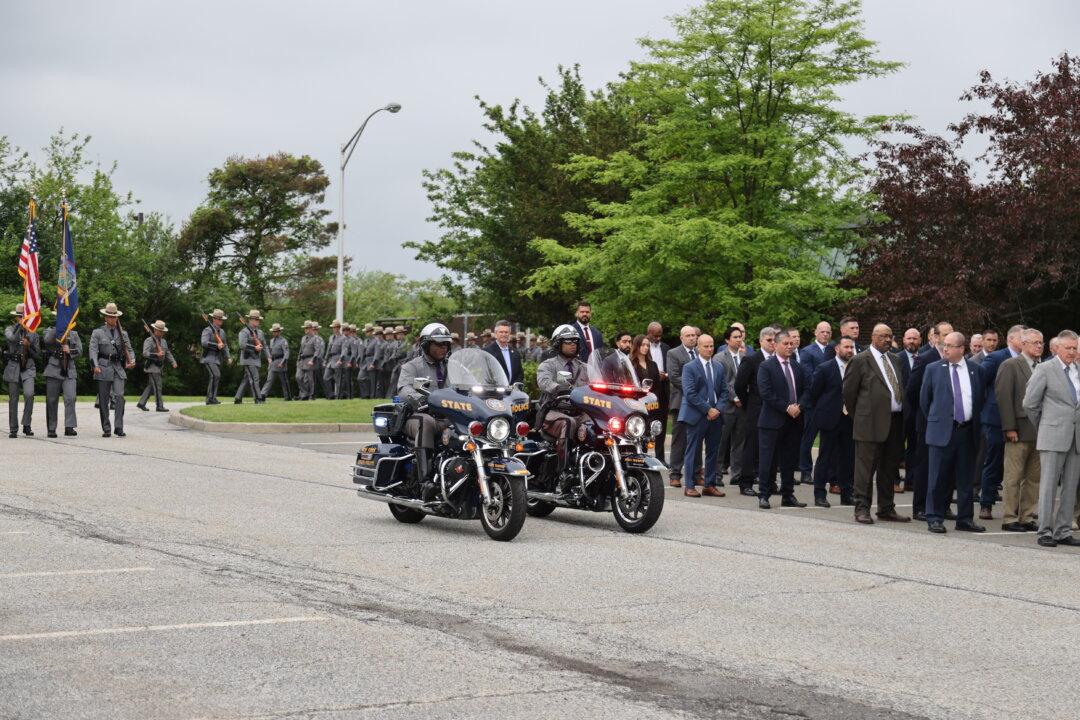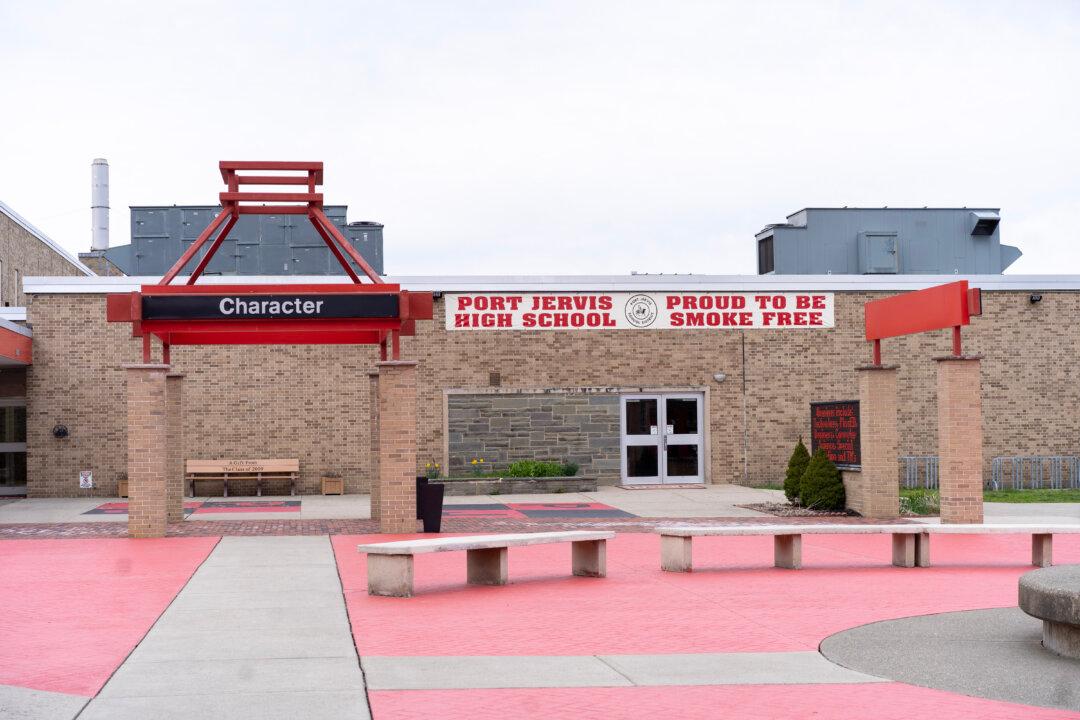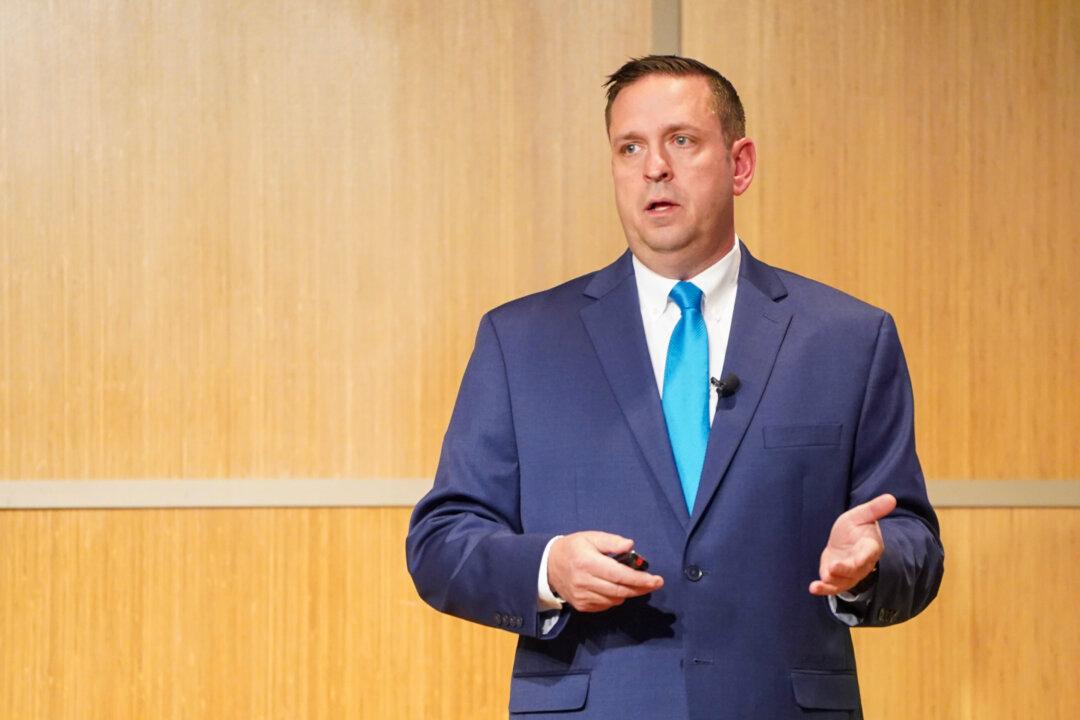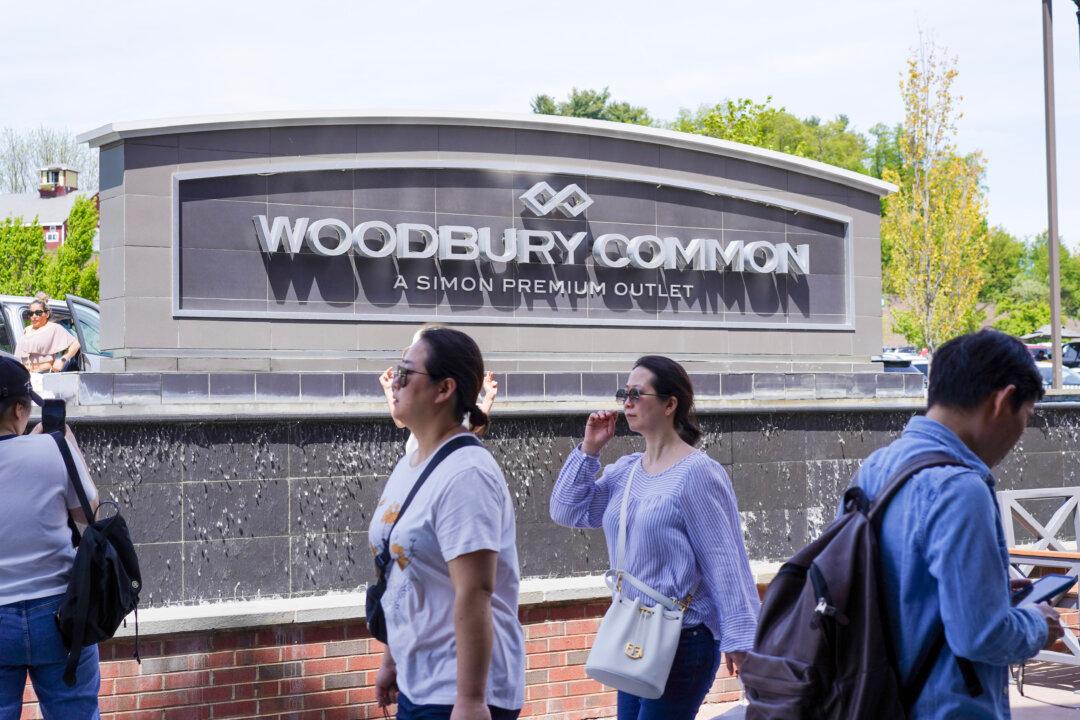The Mount Hope town board in New York voted on Sept. 3 to jumpstart the process of creating an ambulance district aimed at cutting medical emergency response times for town residents.
Town Supervisor Paul Rickard told The Epoch Times that he has received an increasing number of calls from residents about long waits for ambulances. Just last month, he said, the county’s 911 center dispatched ambulances from four neighboring municipalities at different times to assist the town.
